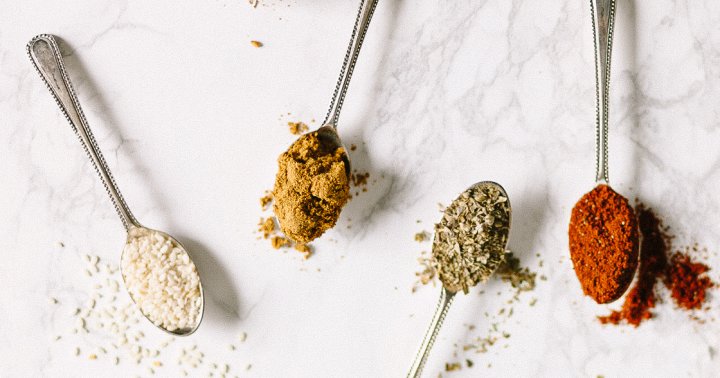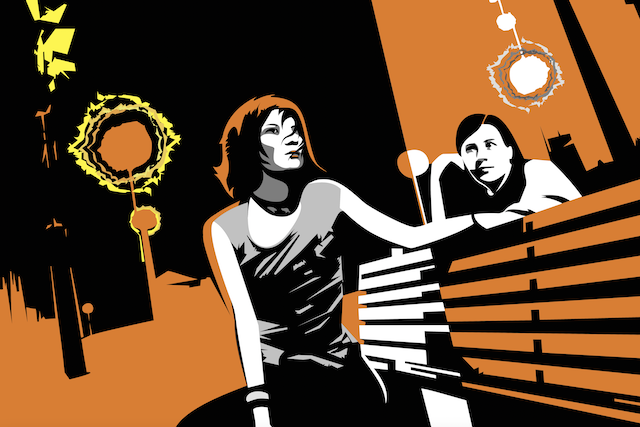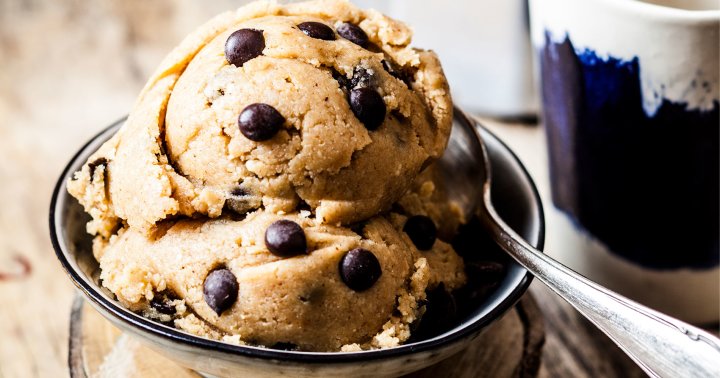How A Man Cured Anxiety And Panic Attacks With A Bottle Of Aftershave
Have you ever wondered why you have a favourite smell, a favourite song or a favourite meal? Is it just down to how pleasant they are, sending messages to the brain to secrete the right chemicals to cause happiness...
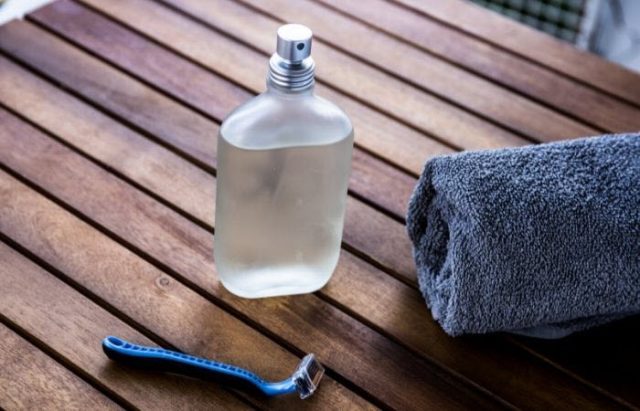
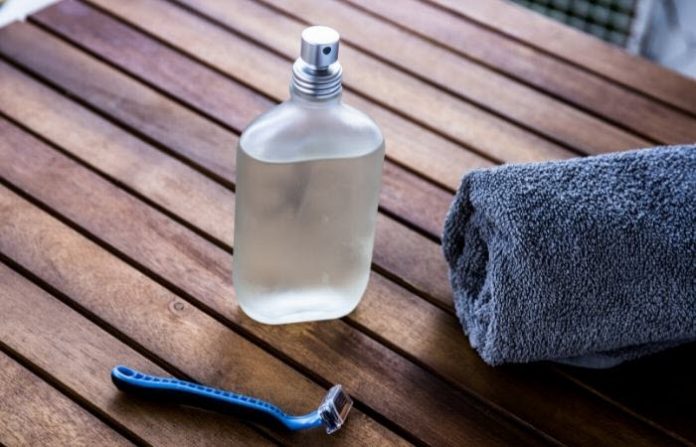
Have you ever wondered why you have a favourite smell, a favourite song or a favourite meal? Is it just down to how pleasant they are, sending messages to the brain to secrete the right chemicals to cause happiness or does it go deeper than that?
Think of your favourite smell… now think about why it is your favourite smell. For me it’s the smell of frying onions coming from an outdoor catering van. I don’t need to see the van, the smell takes my mind back to the seven year old me, entering a huge fairground, excited at exploring, the games, the rides, the flashing lights, the chips with tomato sauce that was mainly vinegar. It’s not that the smell takes my memory back to that moment, it’s that the smell now has an emotional attachment to that moment and can create the same feelings of excitement and joy I felt when I first smelled it.

This is a great example of classical conditioning. I bet your favourite smell takes your emotional response back to a moment when you felt happy, excited or calm. Your favourite song probably isn’t even that great a song, it’ll just remind you of someone special or a special moment in your life. It’s been suggested that our favourite foods even had a connection to those we ate when we were growing up, that mother or father used to make because it triggers that innate sense of home comfort, feeling safe and looked after. What has all this to do with the man and his aftershave?
Many people are either dismissive or sceptical of new treatments and that is understandable. They can be based on faith or suggestion (such as Reiki) rather than being rooted in scientific fact. Total SENSE Therapy however is rooted in all of the introduction to this post, classical conditioning. You may have heard of Pavlov and his dogs. Each time he fed his dogs, he would ring a bell beforehand. Eventually, whenever the dogs heard the bell they would associate it with food. One day, Pavlov rang the bell but did not feed the dogs yet they still produced saliva in readiness for it. There was no food, no smell of food, no sight of food. Their response to food was replaced by the sound of a bell. They were conditioned to act in a certain way based on something completely unconnected to their innate reflex.
This is how Total SENSE Therapy (TST) works. This is how one of my clients now has his anxiety and panic attacks under control. TST works in many different ways but one of the most effective is the association of smells, flavours, textures and sounds with a sense of calm and safety. My client started by deciding that ‘smell’ was going to be his ‘base stimulant’ and so, bought an aftershave he’d never previously smelled. (The only way you can build an association of calm with a smell is if you have no previous association to it.) He then created a treatment space, which in his case was a corner of his bedroom with a zero gravity chair, a sound system linked up to his computer an atomiser filled with the aftershave. (He got his girlfriend to fill the atomiser to ensure he didn’t smell it until he was in the treatment space).
My client had a history of acute anxiety, feeling heightened stress in circumstances most of us would consider everyday situations. If you’re a sufferer or either anxiety attacks or panic attacks, then you’ll understand. He’d been to see his GP who referred him to a cognitive therapist. Whilst I don’t want to make any judgments on that particular therapy, he said it didn’t work and although it helped a bit, he still suffered panic attacks – often having to leave the office at work for a time until he felt ready to return. He tried TST as a last resort after I explained the concept to him and to his surprise it worked. In the treatment space he would play a youtube video of the sound of the sea which was about twenty minutes long. He lay back in his chair for this time, eyes closed, spraying the atomiser every few minutes to fill the space with this new, quite sweet smell.

He did this for twenty minutes, every day for a week. He noted that even without ‘enacting’ the ‘portable sunshine’ part of the therapy, the twenty minutes a day he spent in the therapy space had already reduced the amount of anxiety attacks he was experiencing. On day eight he started the ‘portable sunshine’ part of the treatment, that is to take the smell with you throughout the day. He brought his atomiser to work. He said that knowing it was there was enough to settle his mind; he stopped worrying about the anxiety attacks, which was often what would bring them on. Whenever he felt a little anxious, he would spray the atomiser. Pavlov’s theories on classical conditioning kicked in and took his mind back (like my smell of frying onions) to the calm, relaxing state in the therapy space back home. The anixety faded and he felt happy, sometimes excited or amused.
He’s been using this for four weeks now and he’s confirmed it works every time. What I can tell you is that no matter how many times I smell those catering vans (usually in B&Q car park), I’m taken back to my childhood and we’re talking over 30 years ago. Imagine what would happen if I was to reinforce that emotional attachment like my client does by using his treatment space just once a week for twenty minutes.
If you want to know more about how you can turn smells, flavours and even textures into Portable Sunshine then check out the website at https://totalsensetherapy.com/
Like this Article? Subscribe to Our Feed!
Author: Peter Nuttall
I'm a massage and manipulative therapist and Total SENSE Therapist. I created Total SENSE Therapy as a way of curing anxiety, panic attacks as well as using it for anger management, addiction, insomnia, mood elevation and alleviating physical manifestations of stress such as headaches and palpitations.

 BigThink
BigThink 







